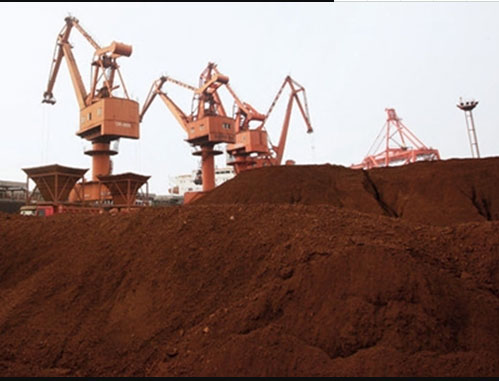5. The next game
For heavy rare earths, it is a different story. The heavy rare earth dysprosium and terbium are also targets that benefit from the outbreak of new energy. Ionic rare earth mines in southern China used to be the only source of heavy rare earths in the world. After 2018, Myanmar mines began to account for half of the supply of heavy rare earths. Compared with the domestic light rare earth quotas that have been increasing year by year, the more precious heavy rare earth quotas have seen little growth in recent years. However, Myanmar mines are affected by political turmoil, decline in grade and other factors, and there is even the risk of supply shrinking. Baichuan Nonferrous Metals predicts that the output of terbium oxide in 2021 is expected to be 420 tons, and it is expected to reach 500 tons by 2025. However, the demand growth is estimated to be 650 tons according to the current growth rate, and the gap is huge. Terbium oxide is also the most expensive rare earth oxide. The latest quotation reached 8.85 million/ton, and the price of praseodymium oxide was less than 480,000/ton. So is it possible for other countries to challenge China in the field of heavy rare earths? Although the difficulty is great, the possibility exists. The raw material that has the most potential to replace Chinese ion ore is called monazite.
The earliest use of rare earth resources by mankind started with monazite. However, because monazite also contains the radioactive element thorium, it is harmful to workers during the process of extraction and processing, and it is too difficult to use, and the grade is not as good as the bastnaesite of Baiyun Obo and MountainPass. Since bastnaesite was discovered in the 1950s, monazite has been gradually abandoned. In addition, thorium is also an important source of nuclear fuel and can also be used to produce weapons-grade plutonium. Many countries, including China, have banned the mining of specialized monazite mines. With the increasing demand for heavy rare earths in modern industry, and bastnaesite lacks heavy rare earth elements, monazite has regained value for use. Although there are many obstacles to direct mining of monazite, monazite is also an important by-product of zirconium-titanium placer, and the source is relatively sufficient. Therefore, whoever can take the lead in overcoming the serious radiation pollution problem of monazite will win the future of heavy rare earths. This time, the competition is still national technical capabilities. India, Brazil, and Australia are the countries with the most abundant monazite reserves and have long-term monazite utilization experience. But this time, China still has the first-mover advantage. China's Bayan Obo also has a large amount of monazite resources, and Shenghe Resources is still deploying zirconium-titanium placers in Hainan and other places. In addition, in 2018, the zircon sand and titanium ore imported by China can theoretically contain 50,000 tons of monazite, which is equivalent to 30,000 tons of rare earth oxides, which is already a lot. According to the 2020 semi-annual report of Shenghe Resources, the company already has the ability to extract rare earths from monazite. Although the specific cost of this technical route and the level of pollution control are not known yet, compared with the United States, which is still blank, China's rare earth smelting technology is still a promising existence.
Taken together, light rare earths will gradually return to the global diversified supply, which is a high probability event. Judging from the official rare earth management policy, China also does not seek to monopolize the global rare earth supply. In terms of heavy rare earths, China still has great advantages in the short term, but the new technology is still in its infancy. If the patent monopoly cannot be realized as soon as possible, it will be difficult for China, which has lost its resource advantage, to dominate in the long term.





